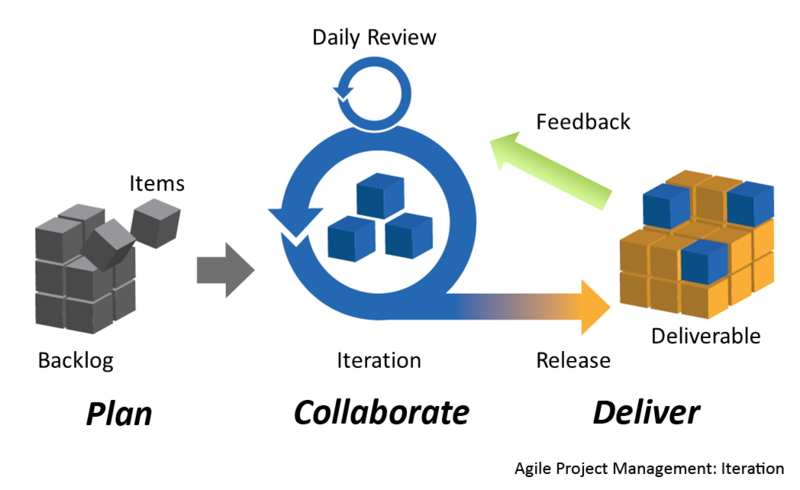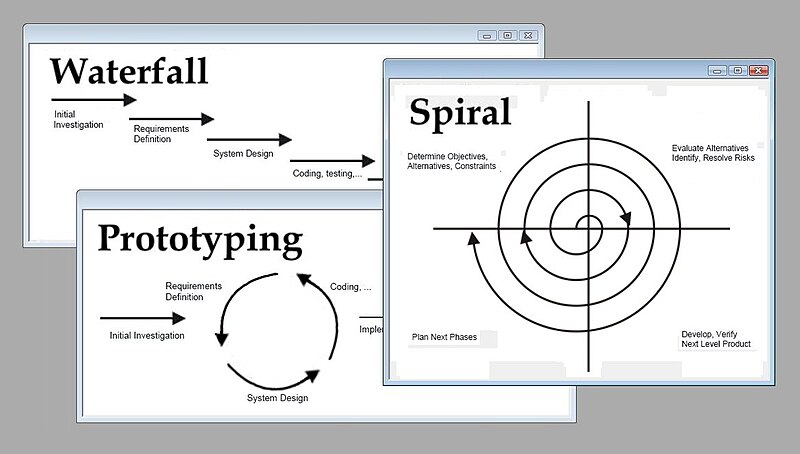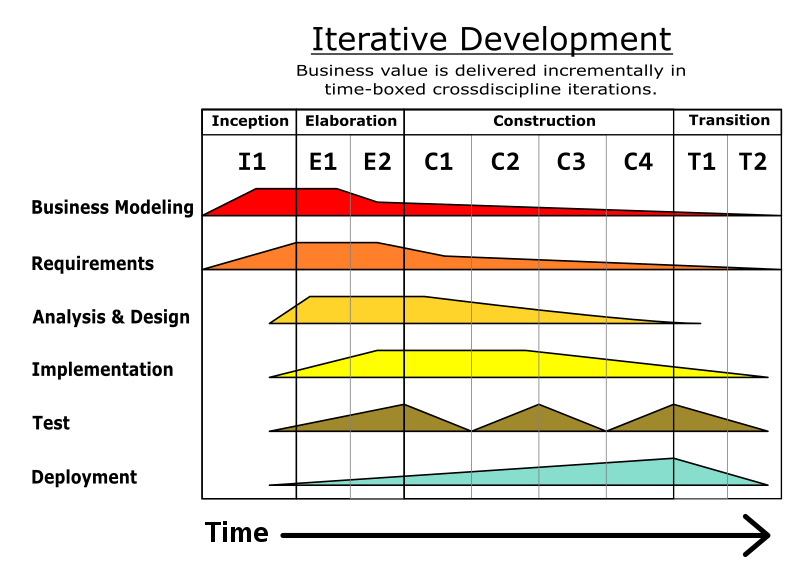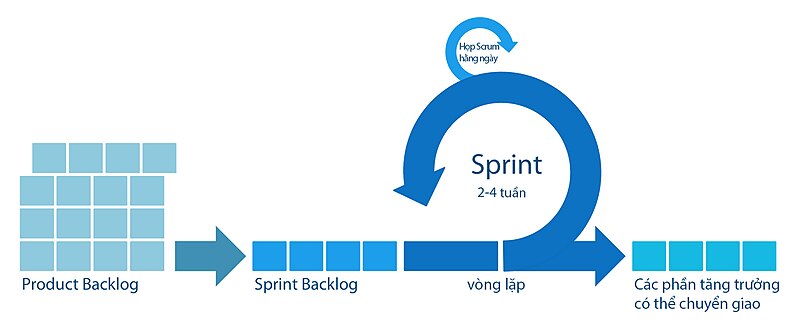Spiral, iterative and agile Methodologies in Software Development
In software development, methodologies provide structured processes that guide the creation, maintenance, and enhancement of software products. Over the decades, numerous methodologies have emerged, each with unique characteristics and objectives. The primary goals of these methodologies are to enhance productivity, improve software quality, and ensure predictable and repeatable processes.
Among the various methodologies, Spiral, Iterative, and Agile approaches have been widely adopted. Each emphasizes different aspects of development, such as risk management, incremental progress, and customer collaboration. As a Project Manager specializing in DevOps and agile methodologies, I find that each of these approaches offers distinct advantages, particularly when it comes to maintaining quality throughout the software lifecycle.
Spiral Methodology
The Spiral Methodology, introduced by Barry Boehm in 1988, is a risk-driven approach that blends elements of both iterative and waterfall models. It represents the development process as a series of cycles, or “spirals,” that progress from the center outward. Each spiral iteration involves a thorough assessment of risks and potential alternatives, making it particularly suitable for large, complex, and high-cost projects.
Key Phases of the Spiral Methodology
Objective Setting: In this initial phase, project goals, constraints, and deliverables are defined. This includes specifying requirements, documenting specifications, and identifying any potential risks and mitigation strategies.
Risk Assessment and Reduction: The team evaluates risks associated with the project and explores alternative approaches. The goal is to identify and address potential obstacles early in the process, minimizing the likelihood of costly issues later on.
Development and Verification: The project progresses through development phases where the chosen solution is implemented. Each cycle includes coding, testing, and refining the software.
Planning for the Next Iteration: After each cycle, the team reviews the progress, evaluates outcomes, and determines whether additional iterations are needed. The spiral expands with each new cycle, adding more features and refining existing ones until the project is complete.
Advantages of the Spiral Methodology
- Risk Mitigation: The continuous assessment of risks allows for proactive management, reducing the chances of encountering unforeseen challenges.
- Flexibility: The spiral model accommodates changes and new requirements, making it dynamic and adaptable.
- Quality Focus: By incorporating regular verification and validation, the model ensures that quality standards are met at every stage.
Challenges
- Resource Intensive: The need for detailed risk analysis and constant evaluation can make this model costly and time-consuming.
- Complexity: The spiral model is best suited for experienced teams capable of managing risks effectively, which may limit its applicability for smaller projects.
The spiral methodology’s emphasis on quality and risk management makes it an excellent choice for high-stakes projects where failure is not an option. However, due to its complexity, it may not be ideal for smaller, less complex software initiatives.
Win-Win Spiral Model
An evolution of the original spiral model, the Win-Win Spiral Model, also proposed by Boehm in 1998, incorporates negotiation and mutual benefit into each iteration. The model’s primary goal is to ensure that both the client and the development team achieve their objectives.
Key Phases of the Win-Win Spiral Model
Stakeholder Identification and Involvement: The team identifies key stakeholders and their specific requirements, ensuring that all parties’ needs are considered.
Negotiating Win Conditions: Stakeholders negotiate and establish “win conditions” that define what success looks like for each participant, balancing client needs with the development team’s capabilities.
Setting Decision Milestones: Three critical milestones guide the project:
- Life Cycle Objectives (OCV): Defines objectives for each development phase, including requirement specifications and other deliverables.
- Life Cycle Architecture (LCA): Establishes architectural goals, ensuring that the system’s structure supports its intended functionality.
- Initial Operational Capacity (IOC): Prepares the software for deployment, including any site-specific setup required for operation.
Advantages of the Win-Win Spiral Model
- Enhanced Collaboration: By involving stakeholders at every stage, the model promotes transparency and ensures that the software meets user expectations.
- Realistic Planning: The negotiation process fosters mutual understanding and sets achievable goals, improving project timelines and resource allocation.
Challenges
- Complex Negotiation: Achieving consensus among all stakeholders can be challenging, particularly in large projects with diverse interests.
- High Initial Overhead: The negotiation process can extend project timelines, which may impact budget and resources.
The Win-Win Spiral Model is particularly useful for projects where stakeholder alignment is critical. By focusing on collaboration and shared goals, it helps ensure that the final product satisfies all parties.
Iterative Methodology
The Iterative Methodology involves developing software through repeated cycles, delivering incremental improvements with each iteration. Unlike the waterfall model, where all requirements must be defined upfront, the iterative model acknowledges that user needs evolve over time.
Key Phases of the Iterative Methodology
Planning and Requirements Gathering: Initial planning identifies basic requirements, but further details are defined as iterations progress.
Iteration Cycles: Each cycle includes analysis, design, coding, and testing, delivering a functional increment of the software. These cycles are typically short (2-4 weeks), allowing for rapid feedback and continuous improvement.
Evaluation and Feedback: At the end of each iteration, stakeholders review the software and provide feedback. This feedback informs the next cycle, ensuring that the software aligns with user needs.
Advantages of the Iterative Methodology
- Flexibility and Adaptability: This model is well-suited for projects where requirements are not fully known upfront. It accommodates changes without disrupting the overall project.
- Reduced Risk: Frequent iterations reduce the risk of building software that does not meet user expectations by allowing for regular adjustments.
- Cost Efficiency: By identifying and addressing issues early, the iterative model helps prevent costly rework and enhances budget control.
Challenges
- Dependency Management: Regular iterations require careful coordination to ensure that new changes do not disrupt existing functionality.
- Stakeholder Engagement: Continuous feedback is essential, so this methodology requires ongoing involvement from stakeholders, which may not always be feasible.
The iterative methodology forms the foundation of many Agile frameworks, including Scrum. Its focus on incremental development and continuous feedback makes it an ideal choice for projects with evolving requirements.
Agile Methodologies
Agile methodologies, including Scrum, Kanban, and Extreme Programming (XP), build upon the principles of iterative development but emphasize flexibility, collaboration, and customer satisfaction. Agile approaches are characterized by short, iterative cycles and a focus on delivering customer value.
Key Aspects of Agile Methodologies
Iterative and Incremental Development: Agile projects are divided into short cycles (often called sprints), where each iteration delivers a working product increment.
Customer Collaboration: Agile teams work closely with customers throughout the development process, ensuring that the software evolves in line with user needs.
Cross-Functional Teams: Agile promotes small, autonomous teams where members possess diverse skills, enabling them to handle all aspects of development.
Emphasis on Quality: Agile methodologies integrate testing into every phase, ensuring that quality is maintained and issues are resolved promptly.
Advantages of Agile Methodologies
- Enhanced Customer Satisfaction: By involving customers at every stage, Agile ensures that the software aligns with user expectations and business goals.
- Increased Productivity: Agile’s short cycles and self-organizing teams foster a productive environment where tasks are completed efficiently.
- Improved Risk Management: Frequent iterations allow for early identification and mitigation of risks, reducing the likelihood of project delays or budget overruns.
Challenges
- Scalability: While Agile works well for small to medium-sized projects, scaling it to large projects can be challenging without the right frameworks.
- Resource Requirements: Agile requires dedicated teams and regular stakeholder engagement, which may not be feasible in all environments.
Agile methodologies prioritize adaptability and responsiveness, making them ideal for fast-paced environments where requirements change frequently. By focusing on delivering value and maintaining quality, Agile methodologies help teams meet user needs and respond to market shifts effectively.
The Spiral, Win-Win Spiral, Iterative, and Agile methodologies each bring unique strengths to software development. While the Spiral models emphasize risk management and stakeholder alignment, the Iterative and Agile methodologies focus on flexibility, incremental progress, and customer collaboration. As a Project Manager with a DevOps focus, leveraging these methodologies can enhance quality and ensure that software products meet user expectations while adhering to project constraints.
Understanding these methodologies enables development teams to choose the right approach based on project requirements, team capabilities, and stakeholder needs. Ultimately, by applying these methodologies strategically, teams can deliver high-quality software that drives business success and meets the dynamic needs of users.



